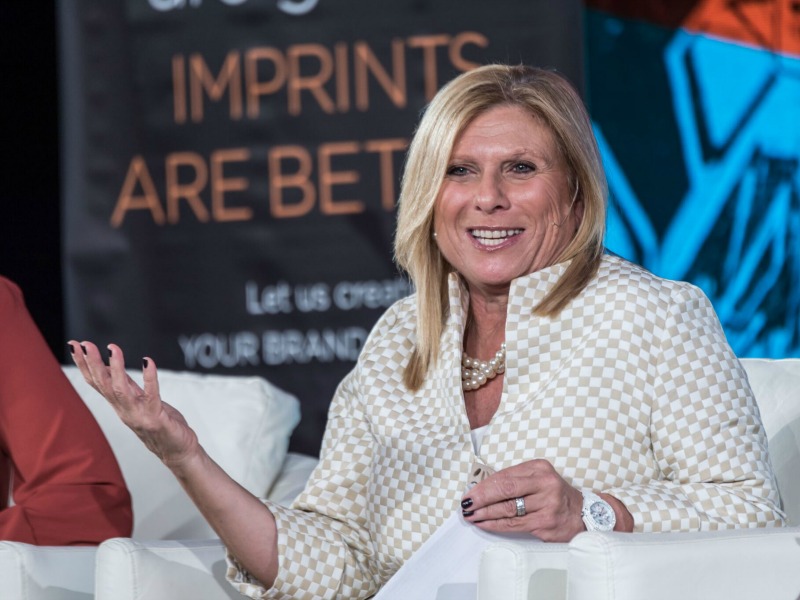Paul Holmes 26 Oct 2016 // 9:37PM GMT

MIAMI—For brands to stand out, they need to stand for something. And standing for something usually means standing against something. That was the message delivered by Lisa Lutoff-Perlo, CEO of Celebrity Cruises, at PRovoke16 during a session on “Culture Wars: A Conversation with Brands on Leading Culture, Not Following It” presented by DeVries Global.
The session built on the “brandbiguity” research conducted by DeVries and focused on the overwhelming volume of brand content in the world and the increasing difficulty of differentiating brands.
According to DeVries CEO Heidi Hovland, 66 percent of consumers wouldn’t care if a majority of brands were wiped off the face of earth and a third of consumers say they have stopped buying a brand because of the way it communicates. More than 50 percent of consumers struggle to distinguish one brand’s content from another’s.
“There are reasons we are seeing so much content,” Hovland said. “Volume is still a success metric and many brands feel that more is better. There is also this fear of missing out, and so they are creating content even if the occasion is not particularly relevant to their brand—which is why the passing of a beloved celebrity can come to be seen as a brand marketing opportunity.”
The antidote to brandbiguity, Hovland said, is “understand what your brand stands for and its role in society and culture.”
Thalia Mavros, founder of digital platform The Front, said that many companies came to her looking to co-create films and digital content. “When a company asks how it can ‘own’ an issue in a way that’s authentic, I always want to look at the history of the company and the culture of the company. And I ask how did we end up here and do I believe it?
“There has to be a through line from your internal values to your external brand.” Which means that for content to really work, it has to stand out but it also has to be authentic.
Creating that kind of content was the challenge that faced Celebrity Cruises and its CEO Lisa Lutoff-Perlo, in a cruise industry sector where brands often struggle to differentiate themselves.
“As we looked at our culture and our brand and our purpose, we knew we had to think differently,” Lutoff-Perlo told that audience. “People buy brands that align with their values and we had to think about our culture and our brand purpose and how it related to those values. We wanted to lead the conversation around the cruise industry.”
The company was thinking about how it could break away from its competitors. But it also felt it needed a “cultural moment” to make its message timely and relevant. It found one when the political discourse in America took a xenophobic turn.
“We felt Americans had to travel and be open to the world,” said Lutoff-Perlo. The resulting campaign, “Sail Beyond Borders,” informed consumers that “far from the rhetoric of fear is a world of differences… Our lives are not made better when we close ourselves off from the world.” It didn’t mention anyone by name, but most consumers were clear that it was a response to one of the candidates for President, and the campaign clearly took courage.
“We made a decision that if people didn’t share our values they probably weren’t going to sail with us anyway, and we had to be comfortable with that. If you make a stand for something, you also have to take a stand against something.”
After the campaign aired, Lutoff-Perlo said, there were a “small percentage of people who hated it, hated us, hated me. That’s never easy. But it was easier for me to put that aside when I saw the overwhelmingly positive response to our message.”


































.jpg)

















